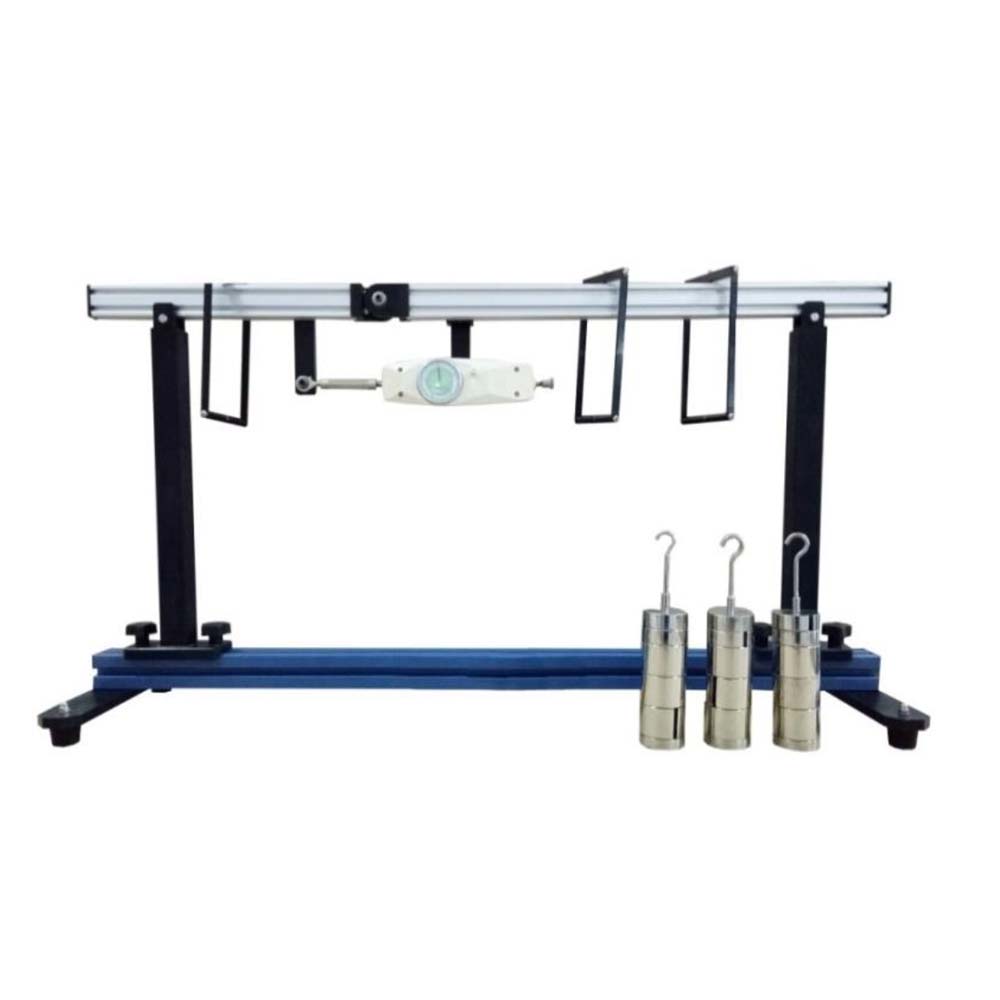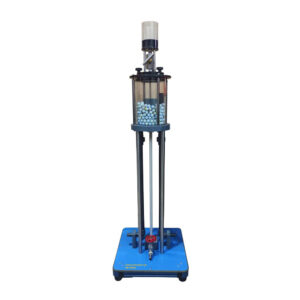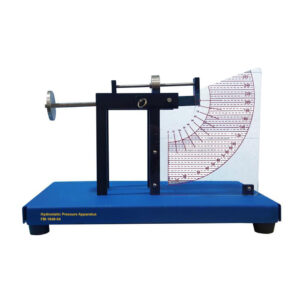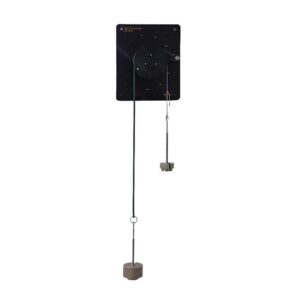The SM-1430 consists of a beam that is supported by two pillars and is subject to point loads. The beam is cut at one point. A low-friction hinge with one degree of freedom is present at that point. A force gauge measuring the force acting on a fixed lever arm records the bending moment that occurs at the section. The force gauge’s adjustable nut is used to balance out any lowering and position the beam horizontally. The static equilibrium conditions are used to predict the reactions. It is theoretically divided into two segments in order to examine the impact of the point loads in the beam. Applying the method of sections, the internal forces and moments are calculated using the equilibrium conditions and displayed onto the two segments.
Experiments
- Calculation of the reactions arising from the static conditions of equilibrium.
- Application of the method of sections to calculate the internal moments.
- under a point load
- under multiple point loads
- Calculation of the bending moment curve.
- Comparison of calculated and measured bending moment values.
Specifications
- Investigation of bending moment on beam mounted on 2 supports.
- Indication of bending moment in beam by low friction hinge with 1 degree of freedom.
- Position of hinge at 1/3 span.
- 2 bearing supports.
- Loading of beam by 1 to 3 point loads.
- Force gauge and lever arm to indicate bending moment.
- Adjuster nut for horizontal alignment of beam.
- Storage system to house the components.




